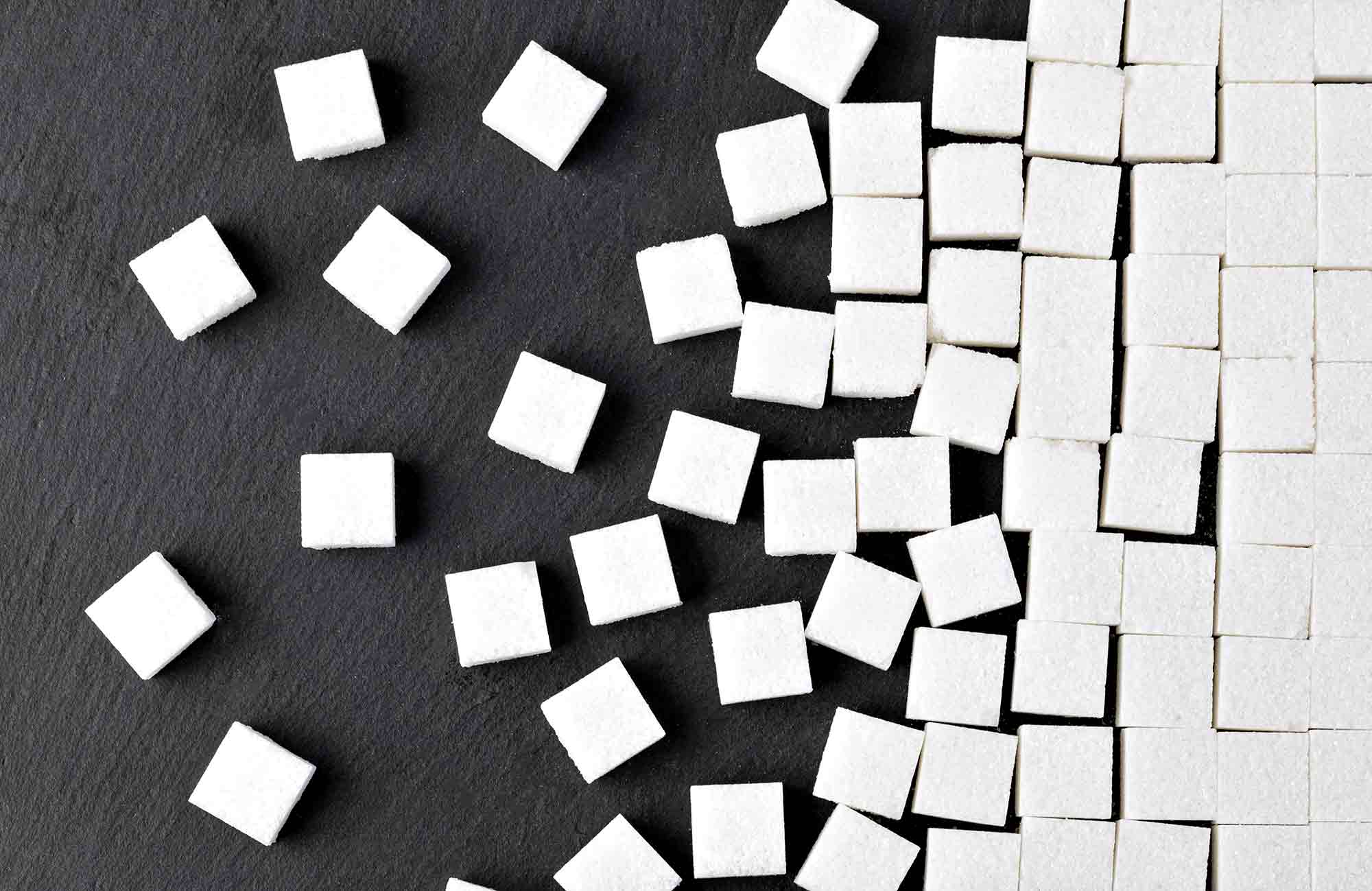 New research has shed light on why sweeteners never truly mimic sugar – and it could have a positive impact on public health.
New research has shed light on why sweeteners never truly mimic sugar – and it could have a positive impact on public health.
In a study carried out at Columbia University, researchers found that the brain responds to sugar not just when it hits the tongue but also when it passes through the gut.
This helps to explain why sugar is continuously craved as artificial sweeteners do not activate this gut-brain circuit, leading to less satisfaction.
Reported in Nature, researchers hope this could pave the way for new methods to help reduce sugar consumption.
This includes Hwei-Ee Tan, the paper’s co-first author, who believes the finding could have a significant positive impact on public health.
He said: ‘When we drink diet soda, or use sweetener in coffee, it may taste similar but our brains can tell the difference.
‘The discovery of this specialised gut-brain circuit that responds to sugar – and sugar alone – could pave the way for sweeteners that don’t just trick our tongue but also our brain.’
Reduce desire for sugar
When sweeteners are consumed, they switch on the sweet taste receptors that help to trick the brain into thinking it is sugar.
However, researchers found that when these receptors were removed in mice, they still displayed a sugar preference – suggesting there was a further reason for why we crave sugar.
By monitoring the activity of the vagus nerve – a conduit between the brain and internal organs – it was found that a cluster of cells detected sugar via this pathway from the gut to the brain.
By silencing this gut-brain circuit, researchers found that it completely got rid of the animals’ craving and preference for sugar. This highlights how controlling the function can significantly reduce the desire for sugar.
Hwei-Ee Tan added: ‘These findings could spur the development of more effective strategies to meaningfully curtail our unquenchable drive for sugar, from modulating various components of this circuit to potentially sugar substitutes that more closely mimic the way sugar acts on the brain.’


